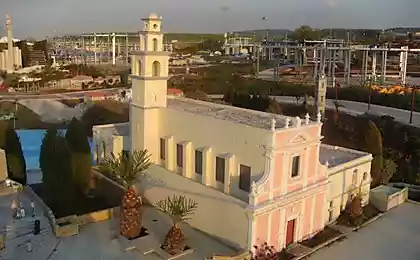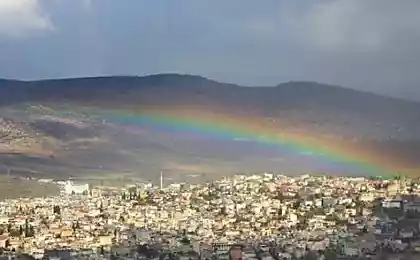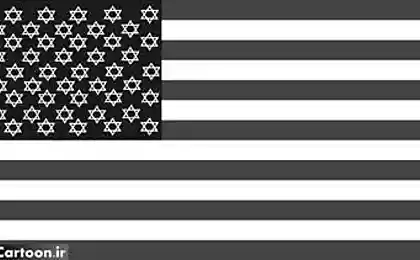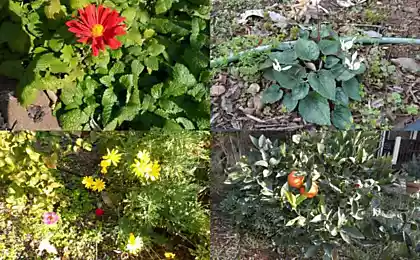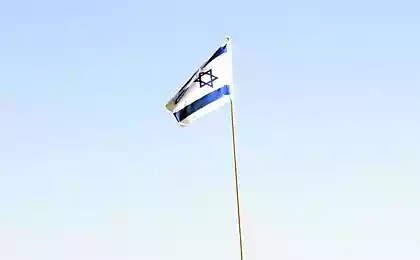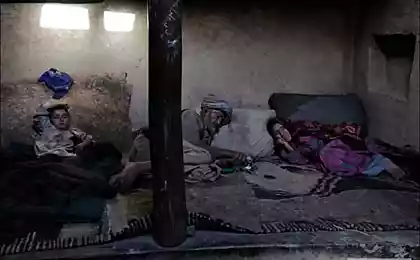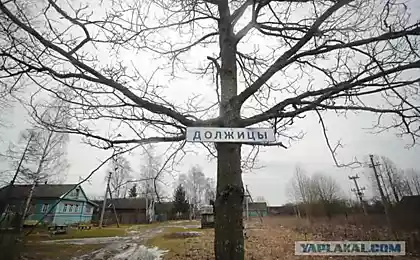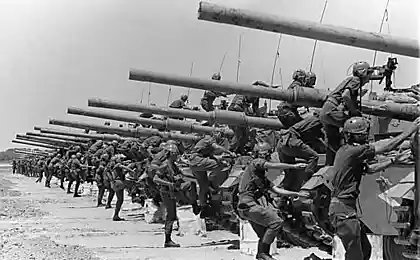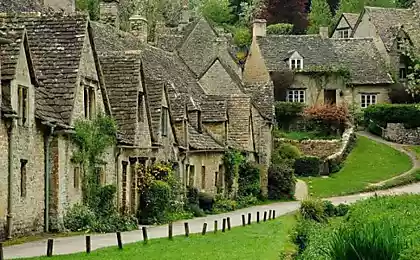195
Moshav villages in Israel
Moshav is a type of agricultural community in Israel consisting of a group of sole proprietors. Moshav is based on the principle of private land ownership, with an emphasis on community labor and community marketing. Workers produce crops and goods on their plots, both individually and jointly. Farmers pay the tax, and that money is used to provide agricultural services to the community, purchase fertilizers, and market the farm.
The first moshav was founded in the Jezreel Valley in 1921. During the period of large-scale immigration following the creation of Israel in 1948, moshav was the ideal form of settlement for new immigrants who were not accustomed to communal living. By 1986, approximately 156,700 Israelis were living and working on 448 moshavs.
There are two types of such settlements, and the most common of them are called moshav ovdim ("worker" in Hebrew). Ovdim relies on joint purchase of supplies and advertising of products. The family or household is the basic unit of production and consumption.
Another type is moshav shitufi (“collective”). They are like kibbutz, another type of communal living. Here the land is cultivated collectively and the profits are divided equally. The difference is the independence of households from each other, and the family is the center of social life. Taxes are paid only by workers employed outside the community. This type of moshav was first founded in 1936.
Declining agricultural yields in Israel have caused serious financial problems for the moshavs and kibbutzim, as well as a significant outflow of the young population. By the late 1980s, more and more workers were employed in non-agricultural sectors outside the community. In general, the moshav never had the elite status granted to the kibbutsu. That’s why they didn’t suffer a decline in prestige in the 1970s and 1980s.
Today, many Moshav villages in Israel have turned to tourism. Amirim in northern Israel deserves special mention as it has become a popular holiday destination for Israelis. It is a vegetarian centre with related restaurants as well as a series of hotels and spas.
Source: lifeglobe.net/
The first moshav was founded in the Jezreel Valley in 1921. During the period of large-scale immigration following the creation of Israel in 1948, moshav was the ideal form of settlement for new immigrants who were not accustomed to communal living. By 1986, approximately 156,700 Israelis were living and working on 448 moshavs.
There are two types of such settlements, and the most common of them are called moshav ovdim ("worker" in Hebrew). Ovdim relies on joint purchase of supplies and advertising of products. The family or household is the basic unit of production and consumption.
Another type is moshav shitufi (“collective”). They are like kibbutz, another type of communal living. Here the land is cultivated collectively and the profits are divided equally. The difference is the independence of households from each other, and the family is the center of social life. Taxes are paid only by workers employed outside the community. This type of moshav was first founded in 1936.
Declining agricultural yields in Israel have caused serious financial problems for the moshavs and kibbutzim, as well as a significant outflow of the young population. By the late 1980s, more and more workers were employed in non-agricultural sectors outside the community. In general, the moshav never had the elite status granted to the kibbutsu. That’s why they didn’t suffer a decline in prestige in the 1970s and 1980s.
Today, many Moshav villages in Israel have turned to tourism. Amirim in northern Israel deserves special mention as it has become a popular holiday destination for Israelis. It is a vegetarian centre with related restaurants as well as a series of hotels and spas.
Source: lifeglobe.net/



